How Wimbledon went from a backwater of 46 houses to the capital's greenest suburb, 'as un-Londonish as if it were a hundred miles out'
Living in Wimbledon has long been a popular choice for those who want a mix of town and country life. Carla Passino takes a closer look.

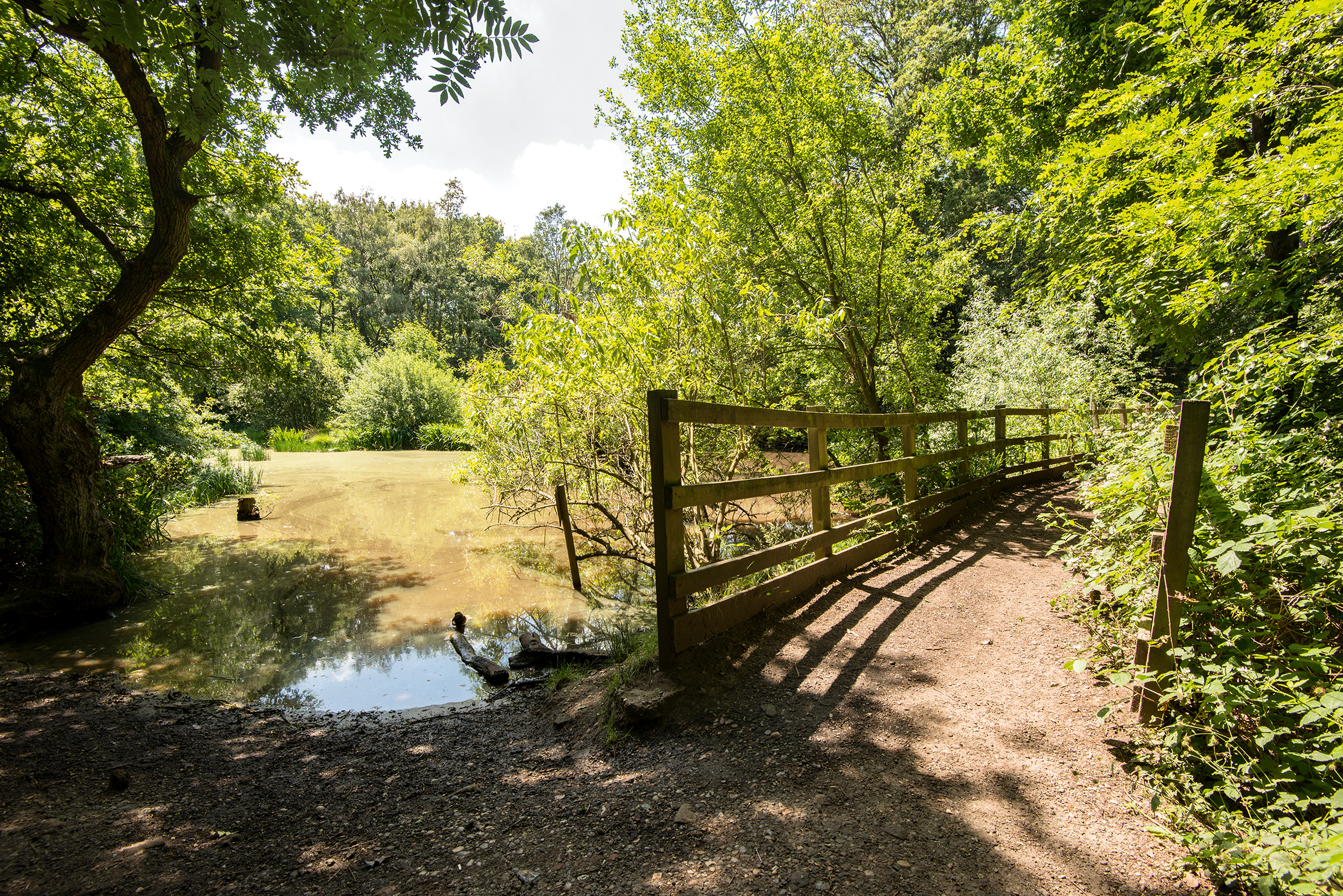
Hard as it is to imagine, tennis and Wimbledon have only become symbiotic in the past century. In earlier times, Wimbledon was variously known for its gardens, croquet and Tudor power struggles. In 1536, Thomas Cranmer was persuaded to give the estate, which had long belonged to the Archdiocese of Canterbury, to Henry VIII in exchange for other lands.
The king quickly bestowed Wimbledon on Thomas Cromwell — only to take it back once the Earl of Essex fell out of favour.

Andy Murray celebrates after beating Novak Djokovic in the Mens Singles Final on Day 13 of the Wimbledon Lawn Tennis Championships at the All England Lawn Tennis and Croquet Club on July 7, 2013. ©Karwai Tang/WireImage/WireImage‘In her latest book, The Mirror and the Light, Hilary Mantel imagines Cromwell’s disappointment,’ says Jacqueline Laurence, chairman of the Museum of Wimbledon.
The estate kept ping-ponging between the Crown and Court grandees until Charles I brought it back into the royal fold in 1639 for Queen Henrietta Maria. Story has it that, in January 1649, a few days before his trial, the oblivious King ordered Spanish melon seeds to be sown in the Queen’s gardens (his timing was especially unfortunate: not only was he under arrest for treason, but melon seeds really ought to be planted in spring).
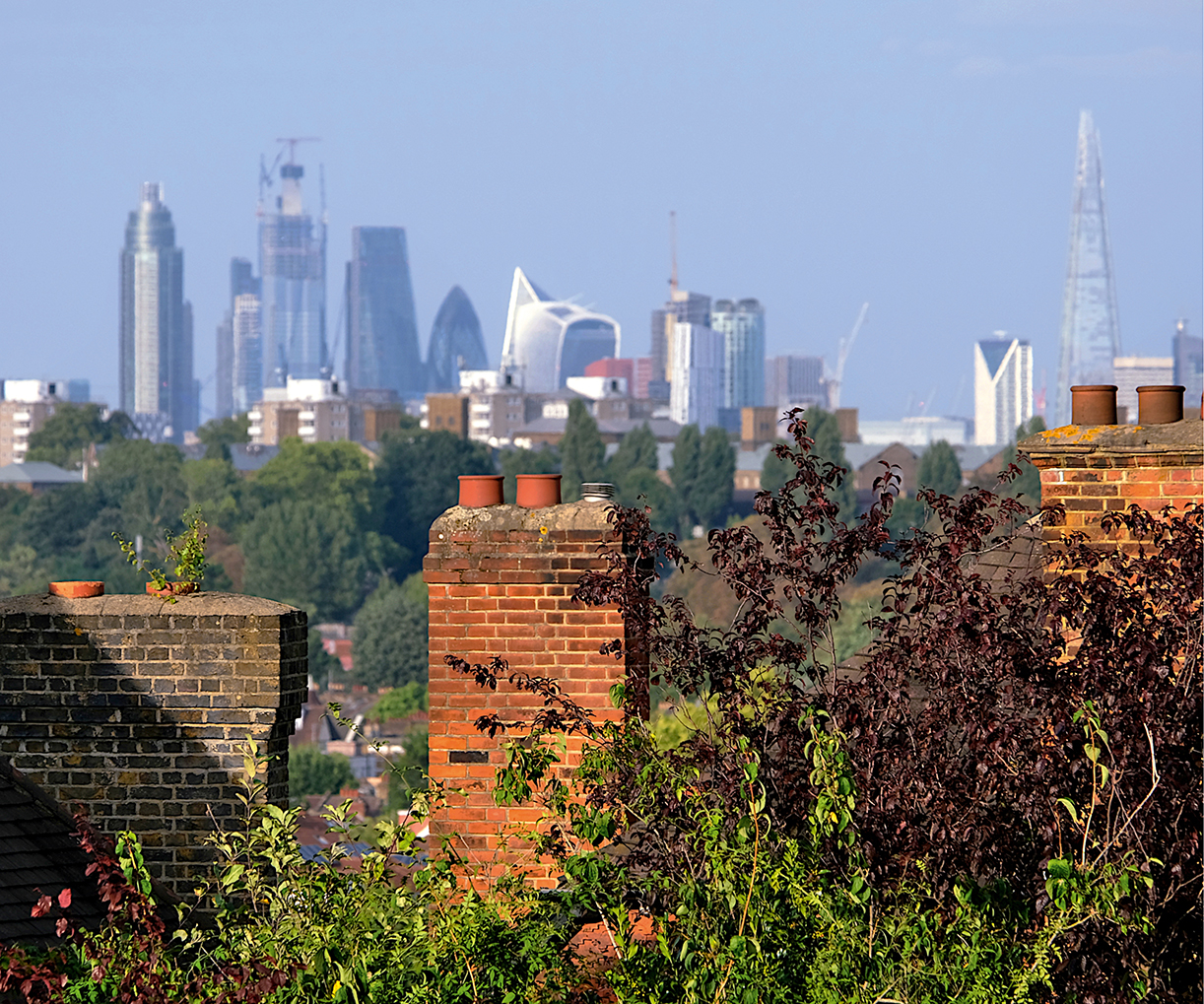
It was John, 1st Earl Spencer, who, having inherited the estate from the formidable Duchess of Marlborough, gave the first impulse towards the makings of contemporary Wimbledon. His presence drew numerous merchants and gentlemen, accelerating the gentrification of a place that little more than a century earlier had only counted 46 houses, according to Daniel Lysons in his The Environs of London (written 1792-96).
The Earl also tasked Capability Brown with creating a park in his trademark Serpentine style. Although large chunks were subsequently sold to developers, ducks and swans still bob happily in the Brown-designed lake and many of the wooded vistas that so enraptured Hannah Moore in 1790 remain intact. ‘I did not think there could have been so beautiful a place within seven miles of London,’ wrote the playwright. ‘The park… is as un-Londonish as if it were a hundred miles out.’
This combination of town and country continues to be Wimbledon’s most distinguishing trait (much improved now by the absence of highwaymen such as Jerry Abershawe, who haunted the area until he was hanged in 1795).
Exquisite houses, the beauty of Nature, and how to get the most from your life, straight to your inbox.
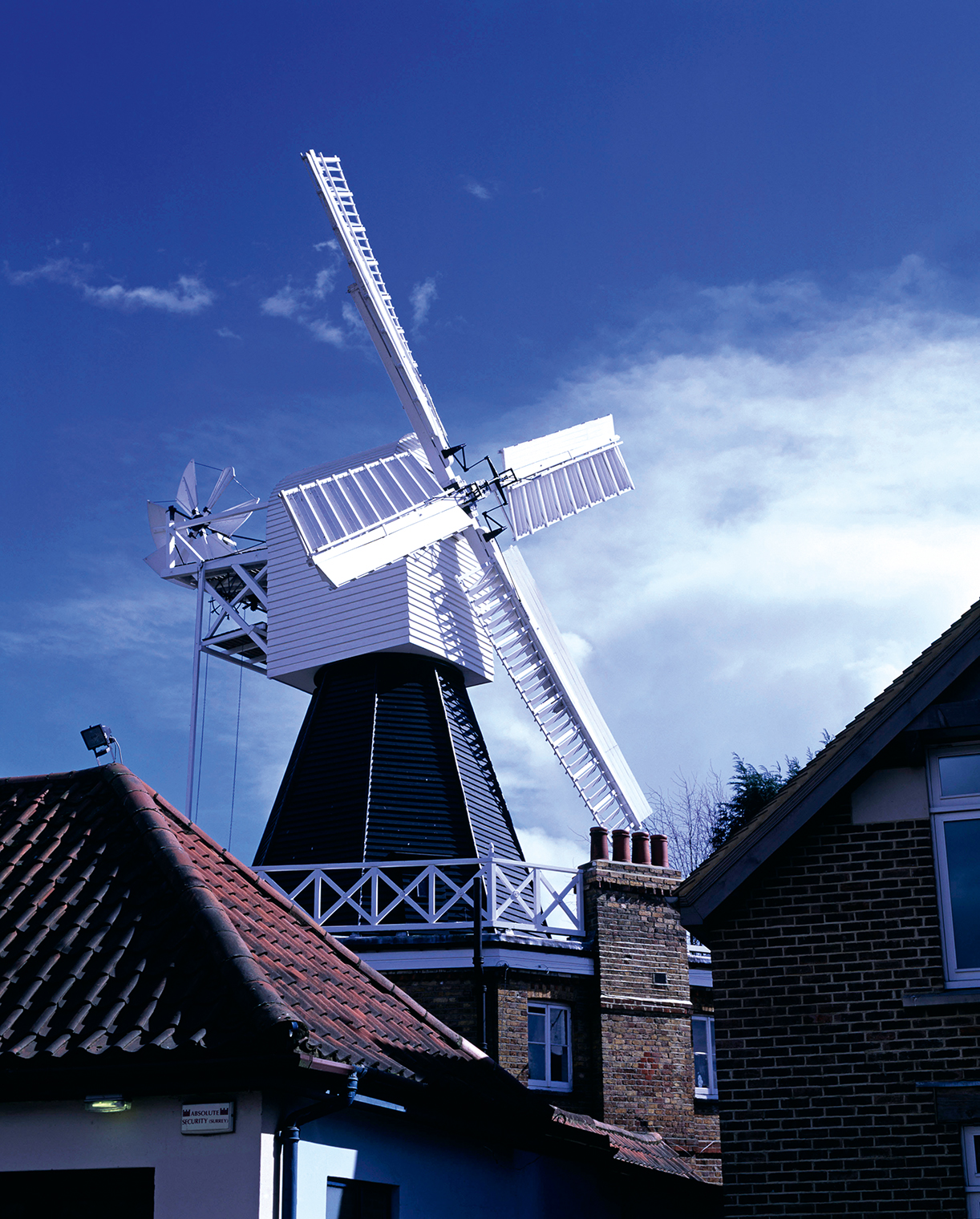
If Wimbledon Park owes its existence to a Spencer, Wimbledon Common almost risked its demise because of another member of the same family. John, 5th Earl Spencer, tried to enclose the grounds, but, explains Mrs Laurence, ‘the local people got together and opposed him’. The resulting Wimbledon and Putney Commons Act of 1871 ensured the space would remain open and enshrined the public’s right of access.
Today, it is a wood-fringed sea of gorse, broom and moor grasses where, surprisingly for an urban area, kestrels, buzzards and sparrowhawks soar in the sky.
In the early 19th century, the Common — previously the venue for a King’s Plate race — was the backdrop for rather more alarming ‘pastimes’: bare-knuckle boxing (including a mammoth 1802 fight that lasted 74 rounds) and duelling. It was on the Common that one of England’s most extraordinary clashes was fought, in 1840, when James Brudenell, 7th Earl of Cardigan, wounded one of his subordinates, Capt Harvey Tuckett, over a bizarre dispute that started after the Earl had had another captain reprimanded for placing some wine on the mess table without decanting it first.
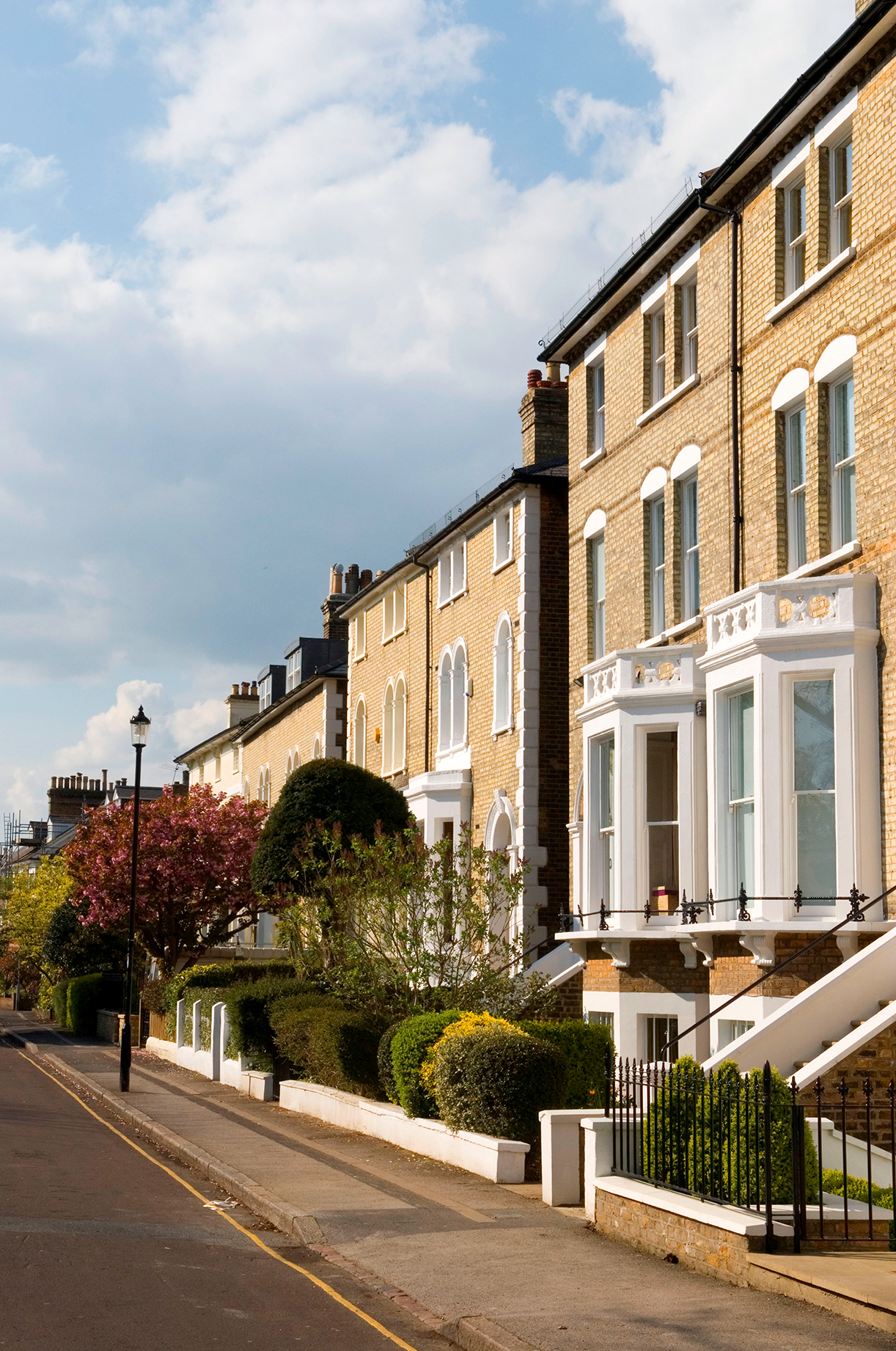
However, Wimbledon swiftly switched away from horses, fisticuffs and swords to croquet when the All England Croquet Club opened doors to popular acclaim in 1868.
But the mallet-and-hoop fad didn’t last long. In 1873, Walter Clopton Wingfield invented a faster-paced game that combined real tennis with some badminton elements and croquet was sidelined in favour of the more thrilling lawn tennis.

The renamed All England Lawn Tennis and Croquet Club emerged as the definitive authority on the game and launched the first official Championships in 1877 (for men; the women’s one came in 1884). Since then, the tournament has only been cancelled three times: during the First and Second World Wars, and in 2020 due to the Pandemic. And the event today is as vibrant and healthy as it's ever been.
An earlier version of this article was published in 2020.
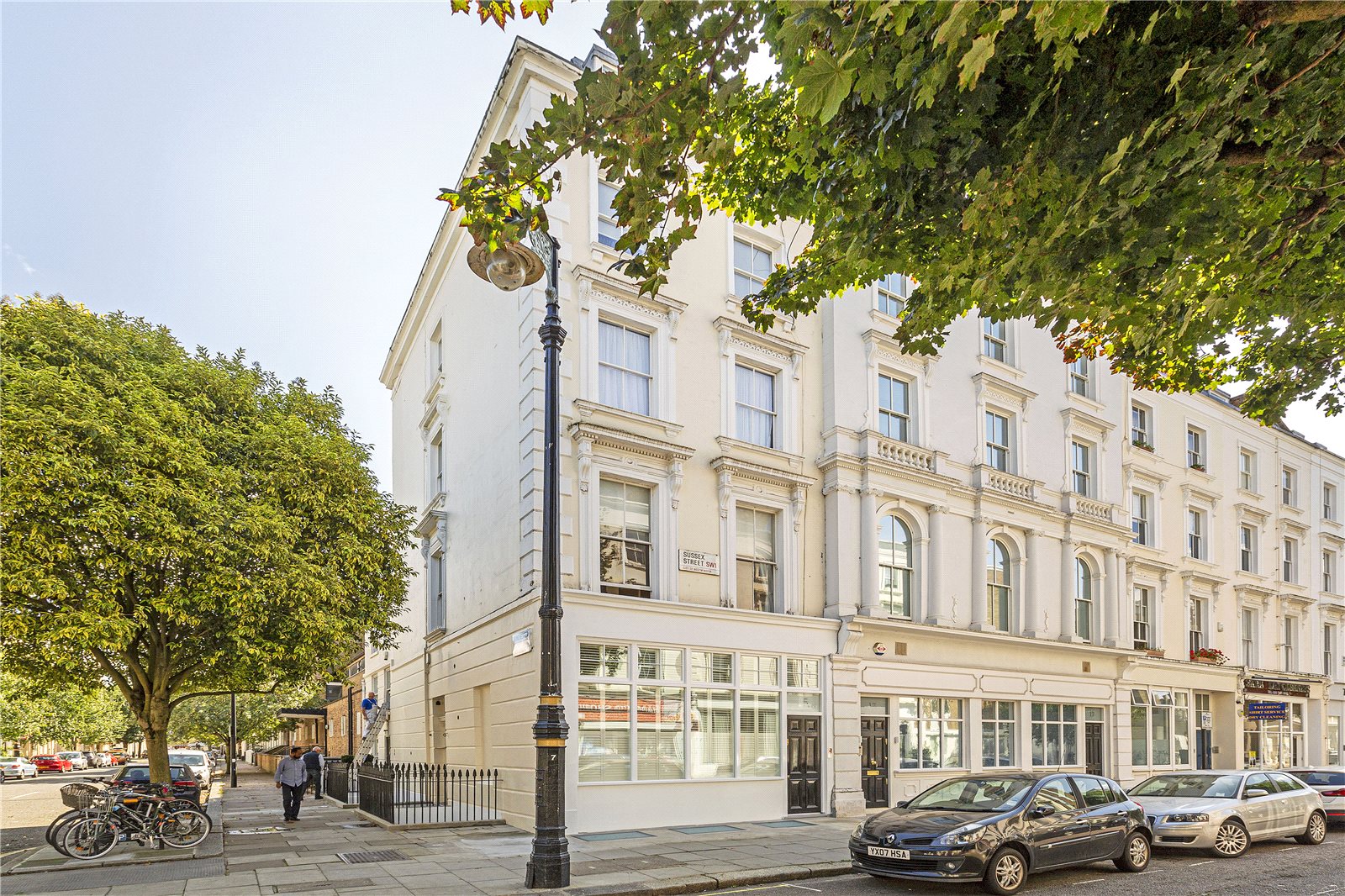
Credit: Jackson-Stops
Three fine flats under £1m for sale in south-west London
James Fisher takes his pick of three of the nicest flats currently on the market.
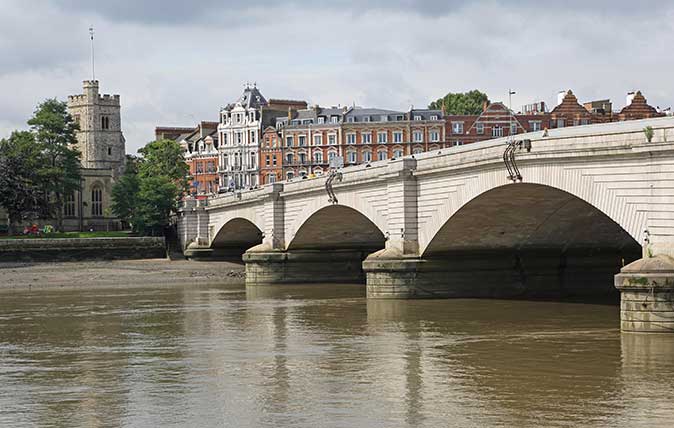
Credit: Putney Bridge (Alamy)
Should you stay in south west London or move out to Surrey? The pros, cons and hidden costs
There's a well-worn path for those who swap a flat in Wandsworth or Putney to head out to Surrey, but
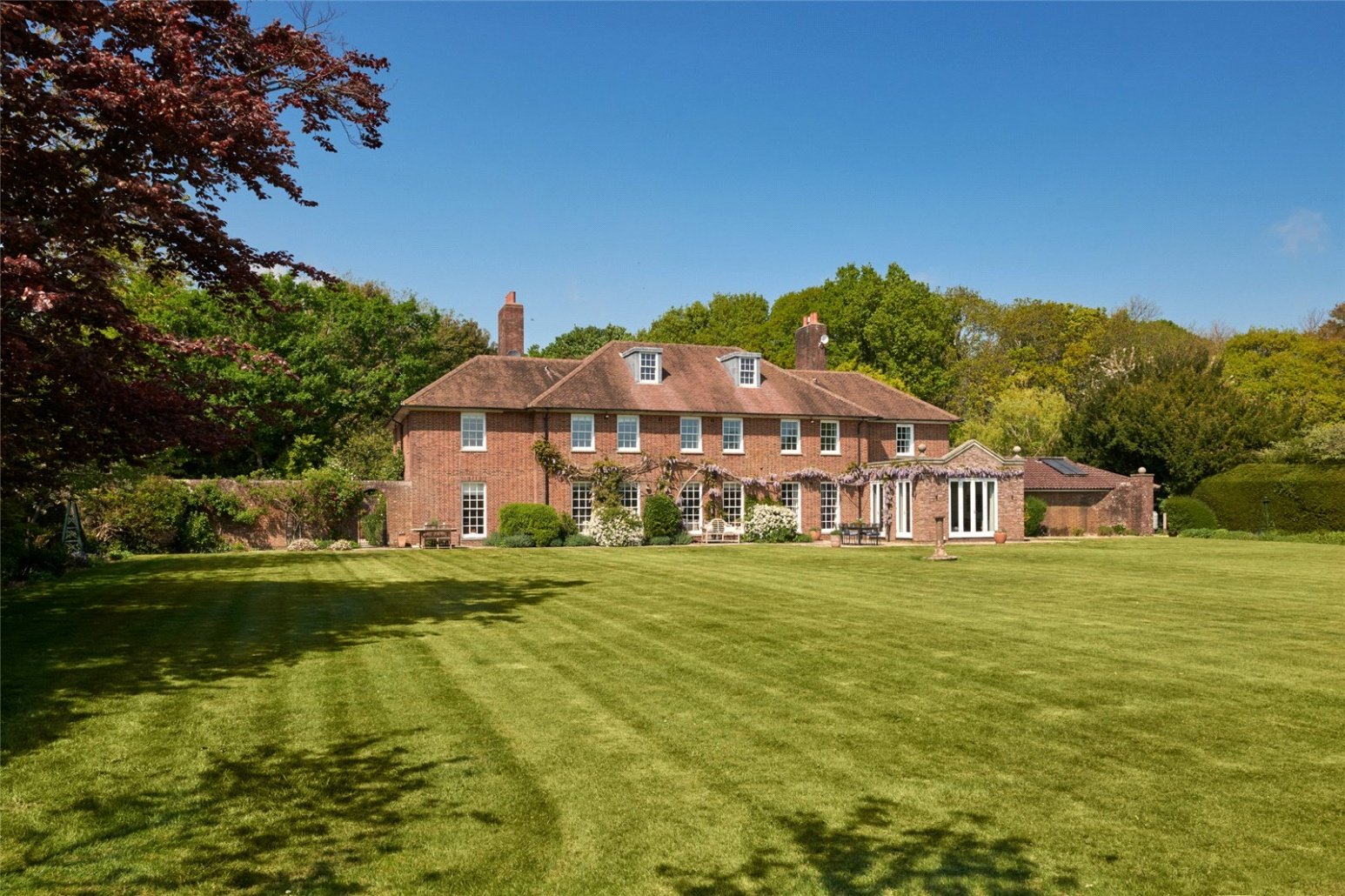
Six fine homes from the suburbs to the south coast, as seen in Country Life
This week's round-up includes a forever house in Sussex and a smattering of places in south west London, some for
Carla must be the only Italian that finds the English weather more congenial than her native country’s sunshine. An antique herself, she became Country Life’s Arts & Antiques editor in 2023 having previously covered, as a freelance journalist, heritage, conservation, history and property stories, for which she won a couple of awards. Her musical taste has never evolved past Puccini and she spends most of her time immersed in any century before the 20th.

